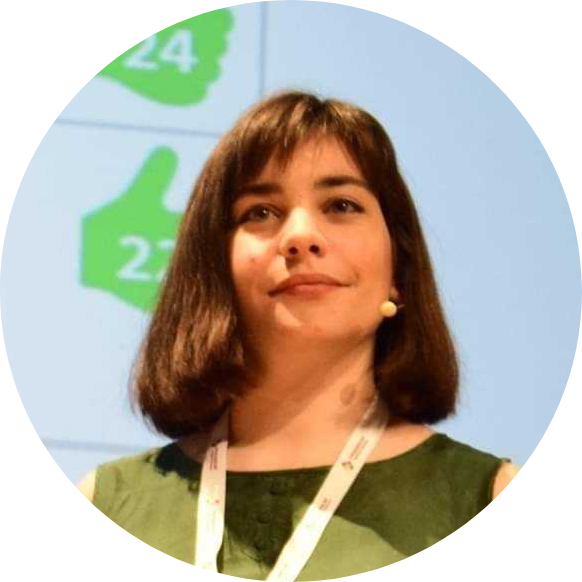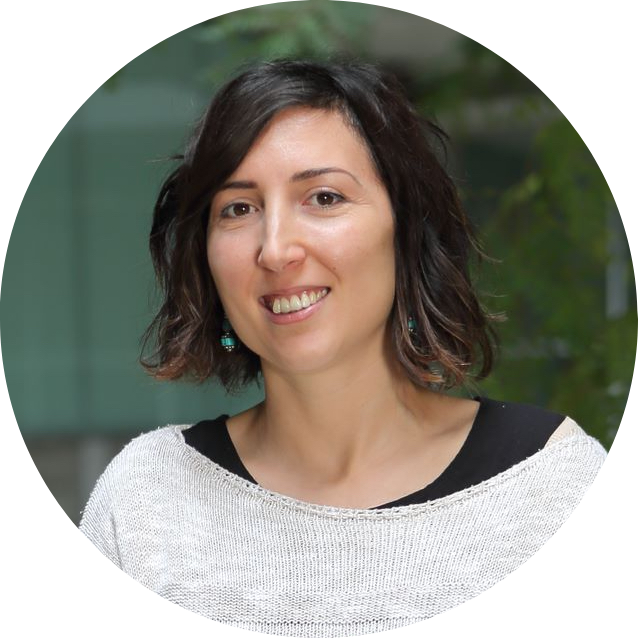Research Project 9
Analysis of tRNA dynamics using native RNA nanopore sequencing
About the Project
Centre for Genomic Regulation
Barcelona, Spain
Leda Katopodi
Early Stage Researcher
Eva Maria Novoa
Main Supervisor
Universitat Pompeu Fabra
PhD enrolment
Research Objectives
Transfer RNAs (tRNAs) are abundant small non–coding RNAs that play a pivotal role in decoding genetic information, determining which transcripts are highly and poorly translated at a given moment. Dysregulation of tRNA abundances and their RNA modifications is a well–known feature in cancer cells, which leads to enhanced expression of specific oncogenic transcripts and proteins.
Our laboratory has recently developed a novel approach to studying tRNA populations using native RNA Nanopore sequencing technologies (Nano–tRNAseq), providing tRNA abundance, length, and tRNA modification information from the same individual molecules. Nano–tRNAseq generates powerful and information–rich data, which can in turn be used to predict the biological status (e.g.
health, disease, stress) of the cells. The Doctoral candidate will develop novel bioinformatic
algorithms and tools to integrate tRNA modification and abundance information, as well as alignment–free classification methods of Nanopore current intensity signals. Once these tools have been built, the PhD candidate will train novel machine–learning algorithms to classify and stratify samples based on different characteristics (disease, exposure to stress, cancer, metastasis, etc). The Doctoral candidate will also be responsible for preparing and sequencing Nanopore native RNA libraries, which will be used to train the candidate’s machine learning models, together with other existing datasets previously generated in the lab. The ideal candidate must hold or be in the process of gaining a Master’s degree in Bioinformatics, Biotechnology, or Biochemistry as well as have
experience with wet and dry lab techniques as well as knowledge of R or Python programming
languages.
Envisioned Secondments
- Oxford Nanopore Technologies (Aino Järvelin)
- talian Institute of Technology (Francesco Nicassio, Tommasso Leonardi)
Early Stage Researcher
I am a Chemical Engineering by training, but currently on an undercover mission posing as a Computational Biology and Bioinformatician. I completed an Integrated Master’s degree in Chemical Engineering at the National Technical University of Athens, Greece. Additionally, I hold a Master’s degree in Data Science and Information Technologies with a specialization in Bioinformatics from the University of Athens, Greece.
Both of my Masters’ theses were carried out in collaboration with Dr. Ioannis Vlachos at the Non-Coding Research Lab, Harvard Medical School, Boston MA. This experience launched me into the world of cancer immunology, immunoinformatics, and epigenomics.
I have always been curious about the field of epi- modifications and their connection to cancer onset and progression While I primarily worked short-read sequencing data, I became captivated by the recent advances of long-read sequences and their applications in epitranscriptomics. Consequently, I thus decided to join LongTREC and Eva Novoa’s Epitranscriptomics and RNA Dynamics Lab at CRG, Spain, and harness the power of long-read sequencing for RNA modification detection and cancer patient stratification.
About the Main Supervisor and Host Group
A current major challenge in biology is to understand how gene expression is regulated with surgical precision in a tissue-dependent, spatial and temporal dimension. Historically, genome-wide studies of gene expression have typically measured mRNA abundance rather than protein synthesis, in large part because such data are much easier to obtain. However, the correlation between mRNA levels and protein abundance is as low as r=0.35-0.40, suggesting that transcriptional regulation alone is not sufficient to unveil the complex orchestration of gene expression. In the last few decades, the scientific community has started to acknowledge the pivotal role that post-transcriptional regulatory mechanisms play in gene expression, however, we are still far from understanding how gene expression is finely tuned and regulated across tissues and conditions, suggesting that we are missing variables in the equation.
In our lab, we are employing a combination of experimental (RNASeq, polysome profiling, mouse/cell knockouts, Oxford Nanopore direct RNA sequencing) and computational techniques (NGS data analysis, algorithm development, machine learning), to unveil the secrets of three post-transcriptional regulatory layers: the epitranscriptome, RNA structure and ribosome specialization.



